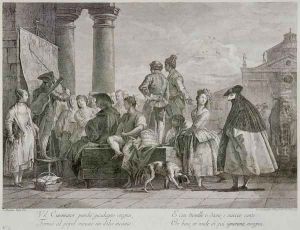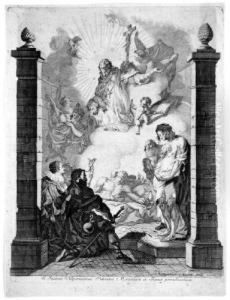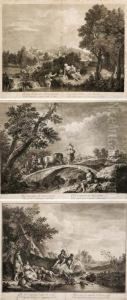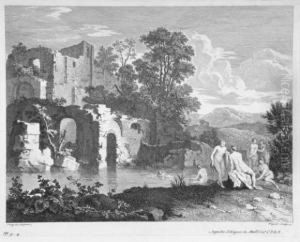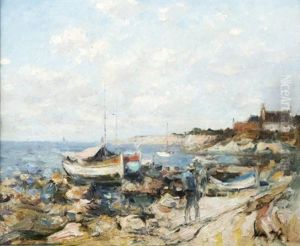Joseph Wagner Paintings
Joseph Wagner was a notable 18th-century engraver, born on January 1, 1706, in Thalendorf, Zell, in the Black Forest region of Germany. He is best known for his mastery in the art of engraving and his role in advancing the medium in Italy, where he spent a significant portion of his career.
Wagner's artistic journey began under the tutelage of the engraver Jakob Christoph Weyermann in Augsburg. In his early twenties, Wagner left for Italy to further his studies and work. He settled in Venice, a vibrant center for the arts, where he established his reputation as a skilled engraver. He was deeply influenced by the Venetian School, especially the works of painters such as Titian and Paolo Veronese.
Throughout his career, Wagner produced a large body of work that included engravings of religious subjects, portraits, and reproductions of paintings by renowned artists. His engravings were highly regarded for their technical precision and aesthetic appeal. Wagner's skillful use of the burin—a tool used in engraving to create lines and textures—allowed him to achieve remarkable detail and subtlety in his works.
In addition to his artistic contributions, Joseph Wagner was also an influential figure in the dissemination of the Italian Baroque style across Europe through his prints. His workshop in Venice became a hub for young artists, where he trained numerous apprentices, among them his son, Antonio Wagner, who continued his father's legacy.
Joseph Wagner's impact on the art of engraving was significant, and his works were sought after by collectors and connoisseurs of his time. His legacy persists through the prints that survive him and through the influence he had on the generations of printmakers who followed. Wagner died on November 5, 1780, in Venice, leaving behind a rich repertoire of engraved works that continue to be studied and admired for their artistic excellence.
